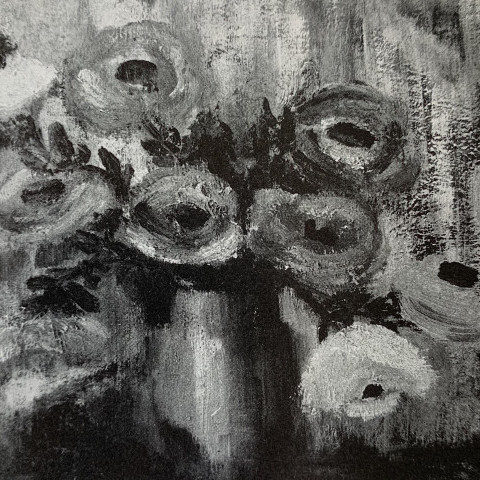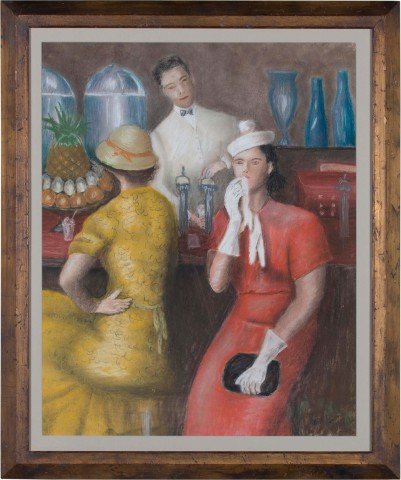Born and raised in Philadelphia, William Glackens began his career as a professional artist immediately following early draftsmanship training in high school, as an artist-reporter for the Philadelphia Record, and then the Philadelphia Press. At the Philadelphia Press, his colleagues included Everett Shinn and George Luks, and their association became important later.
Glackens attended night classes at the Pennsylvania Academy of Fine Arts with fellow high school classmate, John Sloan. Glackens and Sloan made up part of the short-lived Charcoal Club, an organized group that met twice weekly to draw from the nude and receive criticism from Robert Henri.
With a group of artists including Henri, Glackens traveled to Europe, visiting museums, meeting artists, and painting. Glackens continued his career as an artist-reporter at the New York Herald, the New York World, and magazines such as McClure's, Scribner's, Putnam's, and the Saturday Evening Post until around 1914 when he abandoned illustrating in favor of painting altogether.
While best known for his paintings, Glackens was also prominently involved in art organizations throughout the early twentieth century. In 1908, Glackens participated in The Eight exhibition at the Macbeth Galleries. The Eight was a group of eight artists who formulated a rebellion against academic painting and the exhibition circuit.
He also played significant roles in organizing the Exhibition of Independent Artists in 1910, and then the International Exhibition of Modern Art, the Armory Show, in 1913. For the Armory Show, Glackens served on the American art selection committee.
Paintings from Glackens's early years as an artist reflect the technique and palette of Dutch and Spanish Baroque masters, while emulating the subject matter of the spectacle of modern life as proposed by the work of nineteenth-century French artists Edouard Manet, Edgar Degas, and Henri Toulouse-Lautrec.
Returning from Europe filled with ideas, Glackens adapted these influences to truly American subject matter in his own version of modern life. With a keen eye for observation developed during his experiences as an illustrator, Glackens often depicted the activity at a park or modern pleasure locales from the eastern seaboard. He avoided straight portraiture but painted singular figures plucked from these entertainment locales.
Source:
1. For biographical information, see William Gerdts, William Glackens (Fort Lauderdale: Museum of Art, 1996). Also, Ira Glackens, William Glackens and The Eight: The Artists Who Freed American Art, reprint (New York: Writers and Readers Publishing, 1990).
askart.com


